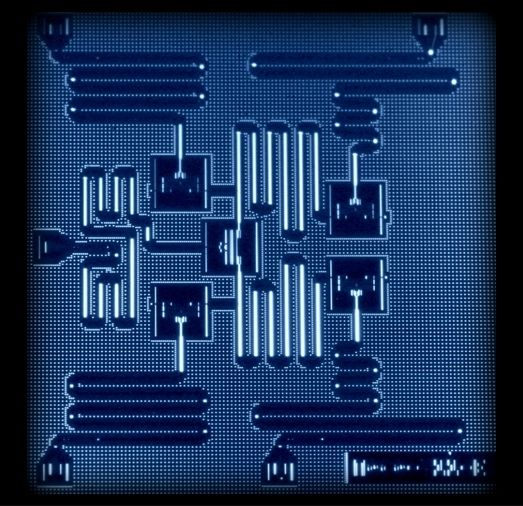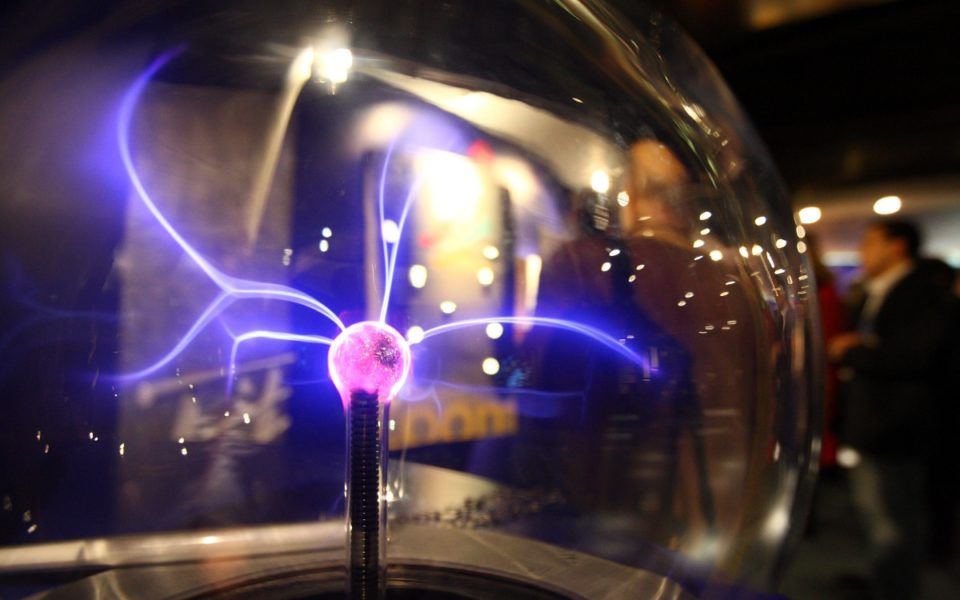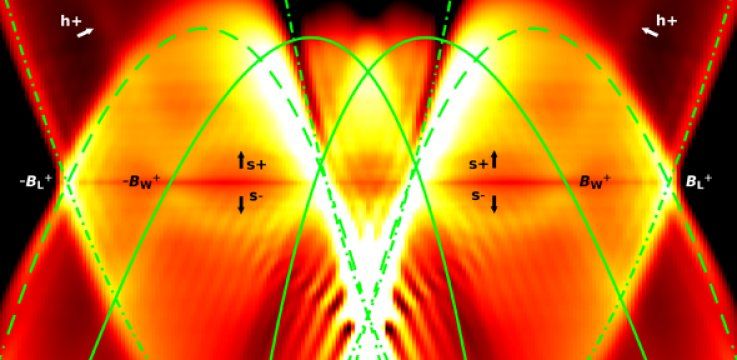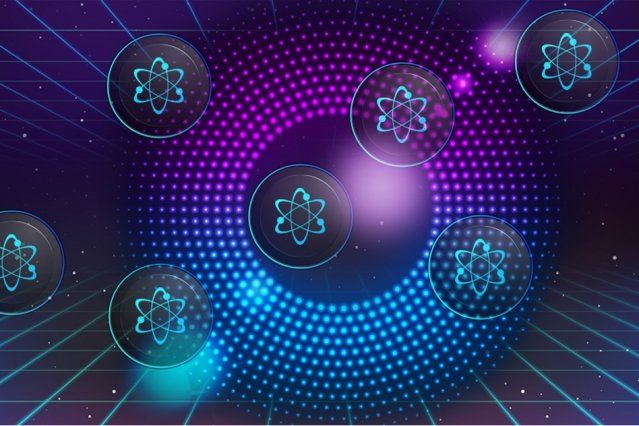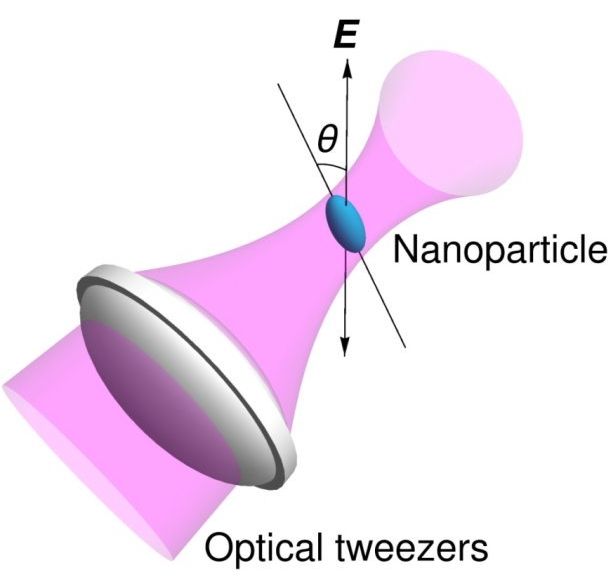Winfried Hensinger likes Star Trek. “It goes all the way back to primary school,” said the director of the Sussex Centre for Quantum Technologies in England. “I wanted to be science officer on the Enterprise, so I worked out in about grade five that I wanted to study physics.”
Today, his day-to-day work on abstract notions of quantum mechanics would make even Spock’s ears perk up.
“[Quantum computing] has a huge appeal for young people,” Hensinger told Digital Trends, “because it’s basically science fiction.” When he started in the field, it was largely confined to theoretical study. Today, the most promising projects are within reach of producing a universal quantum computer — something that was as sci-fi as Star Trek just a few years ago.

